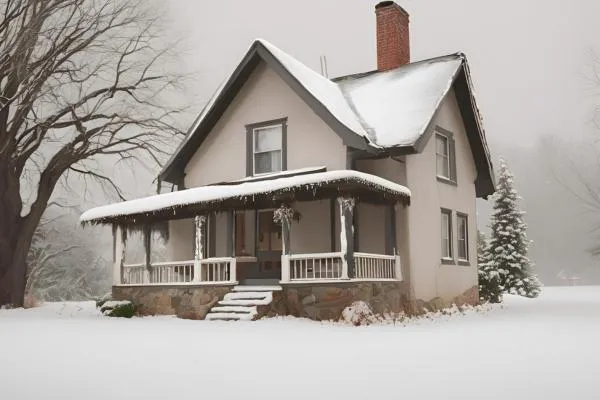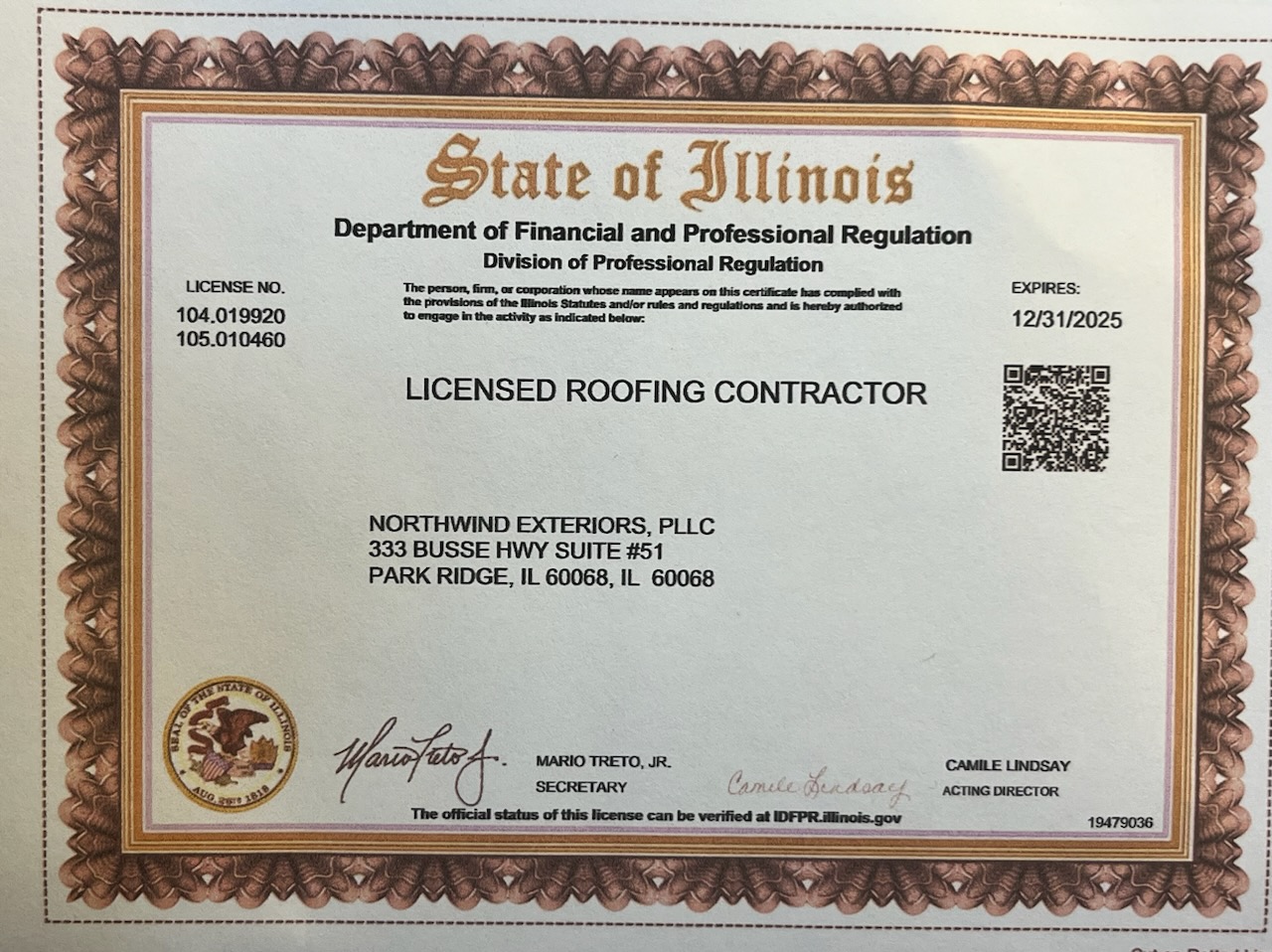
Winter Roofing Checklist: Preparing Your Home for Cold Weather
Winter Roofing Checklist: Preparing Your Home for Cold Weather
As winter approaches, preparing your roof for the cold weather is essential to protect your home and avoid costly repairs. Snow, ice, and freezing temperatures can all take a toll on your roofing materials, so a little preparation can go a long way toward keeping your home safe and warm. Here’s a comprehensive winter roofing checklist to help you get ready for the season.
1. Inspect for Existing Damage
Before winter hits, inspect your roof for any existing damage. Check for cracked, curled, or missing shingles that could worsen with snow and ice buildup. If you spot any issues, it’s best to schedule repairs as soon as possible to prevent further damage during the winter months.
2. Clear Out Gutters and Downspouts
Clogged gutters and downspouts can lead to water pooling on your roof, which increases the risk of leaks and ice dams. Remove leaves, debris, and dirt to ensure water flows freely. Gutter guards can also be a great investment to keep debris out all season long.
3. Trim Overhanging Branches
Overhanging branches can become hazardous in winter, especially under the weight of snow or ice. Trim back branches near your roof to prevent them from breaking and potentially damaging shingles, gutters, or even puncturing your roof.
4. Check Roof Flashing and Seals
Flashing around chimneys, vents, and skylights is especially vulnerable to leaks. Examine all flashing and seals to ensure they are secure and in good condition. Damaged or loose flashing can allow water to seep into your home, so replace any problem areas before temperatures drop.
5. Look for Signs of Mold and Mildew
Moisture and mold can become more problematic in colder months if not addressed early. Check for any signs of mold or mildew on the roof and in your attic. Proper ventilation and sealing any leaks can help prevent these issues.
6. Install Attic Insulation and Ventilation
An insulated and well-ventilated attic can prevent heat from escaping your home, which reduces the risk of ice dams. When warm air escapes, it can cause snow on the roof to melt and refreeze, leading to ice dams that damage shingles and gutters. Proper insulation keeps your roof at a consistent temperature, reducing the chance of ice buildup.
7. Clean Off Roof Debris
Any debris, like leaves or twigs, can trap moisture, leading to mold or moss growth. Take the time to clean your roof’s surface and make sure there’s nothing that could hold moisture against the shingles. This will also prevent ice from forming around debris and weighing down your roof.
8. Consider Roof Heating Cables for Ice Dam Prevention
If your area experiences frequent ice dams, installing heating cables along the edge of your roof can help prevent ice buildup. These cables melt snow and ice, allowing water to flow off the roof rather than refreezing at the edge.
9. Schedule a Professional Inspection
A professional inspection is always a good idea before winter. Roofers have the tools and expertise to spot hidden issues that might not be obvious to the untrained eye. They can help you address minor problems before they turn into major headaches.
10. Plan for Snow Removal if Necessary
In areas that experience heavy snowfall, excessive snow can put a lot of weight on your roof, leading to structural damage. Have a snow removal plan in place, and if necessary, hire professionals to safely clear the snow without damaging the shingles.
Final Thoughts
Taking these steps before winter can extend the lifespan of your roof and give you peace of mind during the cold season. By following this winter roofing checklist, you’ll be well-prepared to handle whatever winter throws your way, keeping your home warm, dry, and secure.
If you have any concerns about your roof’s readiness for winter or want to schedule an inspection, don’t hesitate to reach out to Northwind Exterior. Our team is here to help ensure your roof is in top shape, so you can focus on staying cozy this winter!



